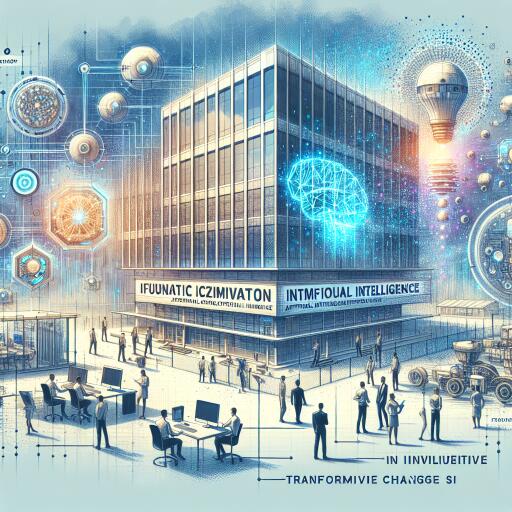How One Company Is Quietly Working To Transform AI Forever
Forbes contributors publish independent expert analyses and insights.
A few short years ago, decentralized artificial intelligence (DeAI) was considered a fringe concept. It was a speculative side path compared to the centralized AI giants like OpenAI, Google DeepMind, and Anthropic. Fast forward to today, and things are changing at an unprecedented pace. In Austin, Texas, a significant milestone for DeAI is quietly unfolding at the Bittensor Endgame Summit, an inaugural gathering marking the transition of decentralized AI from theory into action.
Unlike the flashy commercial AI conferences often highlighted by eye-catching product launches and celebrity tech keynotes, the Endgame Summit is focused on something arguably more substantial: building a sustainable, decentralized AI ecosystem. The event is attracting a dedicated global community of developers, researchers, and network participants who are committed to making AI more transparent, accessible, and accountable to everyone.
Bittensor is at the forefront of this movement as an open-source blockchain protocol designed to train, run, and reward AI models on a decentralized network. Instead of relying on centralized data centers and limited energy resources, it distributes computational tasks and energy requirements across a global network of participants. Contributors earn the platform’s native cryptocurrency, TAO, in exchange for their computational work, energy usage, and model performance.
What distinguishes Bittensor from other similar systems is its reimagining of the incentive structure and governance model inherent in AI technology. As Ala Shaabana, Bittensor co-founder, shared during an exclusive Zoom interview, “We wanted to bring in the masses and make this part of the global zeitgeist.”
The Endgame Summit provides a tangible glimpse of what a decentralized AI future might look like and, more importantly, who is constructing it. The event’s sessions are laser-focused on real-world applications like scalable subnet deployments, governance models, and secure training for AI models. All these advancements are being achieved with existing energy generation and compute power—it’s the language of infrastructure, not hype.
Shaabana emphasized the ecosystem-like nature of subnets within the Bittensor network. “Each project is almost its own independent entity that is tied to TAO directly,” he explained. “You’re almost creating a new company every time you create a subnet.”
This summit is more than just a casual gathering in a trendy city; it’s a working session for a burgeoning community treating DeAI as an open-source economy. One often overlooked aspect of DeAI is the role of open-source collaboration. Unlike proprietary models kept behind APIs and NDAs, decentralized AI systems often rely on shared, peer-reviewed code, enabling anyone, anywhere, to inspect, improve, or adapt models for local needs.
This ethos mirrors what initially catalyzed the growth of the internet and cryptocurrency. “A lot of our innovation comes from open source,” Shaabana noted. “We’ve learned a lot by building Bittensor on top of it.”
The summit is expected to amplify these collaborative ties, particularly among subnet developers. They are working on innovative projects from real-time inference engines to protein-folding healthcare applications, predictive “wagering” on international soccer games, and secure enclave-powered model layers. Each subnet is driven, and rewarded, based on the utility and value it provides to its user base.
While the core principles of decentralization remain—no single point of control or failure, permissionless access, and composability—Bittensor’s developers are acutely aware of the need for strategic governance. Therefore, the summit also includes sessions on future voting frameworks and accountability standards.
“Governance is definitely our next step,” Shaabana asserted. “The foundation has been taking care of everything, but it’s time for us to take a step back and give the reins to the whole community.”
With the rise of centralized AI, significant concerns have surfaced—such as surveillance, access, and algorithmic bias—among the top issues. Until now, alternatives have largely remained theoretical. The Endgame Summit represents a pivotal moment where a viable path forward is being charted in real-time.
Organizers argue that the aim is not to compete directly with OpenAI or Big Tech, which hold a tight grip on AI with their vast investments. Instead, it’s about developing resilient, decentralized infrastructure that allows thousands to participate in shaping the future of AI without the necessity to work for—or through—Big Tech.
While the Summit itself may not grab headlines with its subdued format, its substantive impact could be immense. Decentralized AI isn’t a distant prospect; it’s already here. And in Austin, it’s discovering its advocates.










